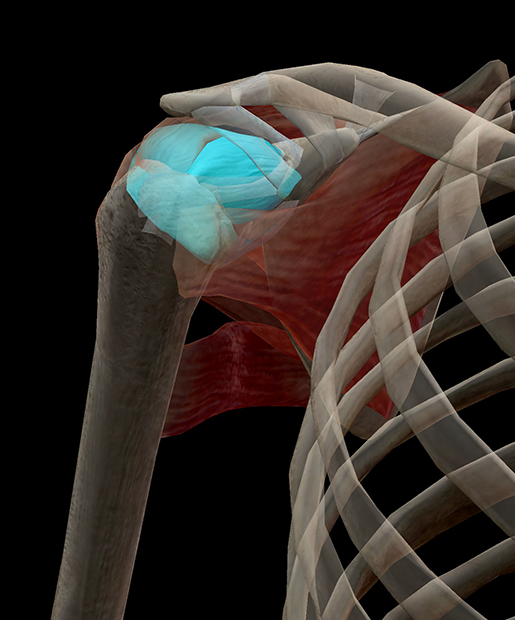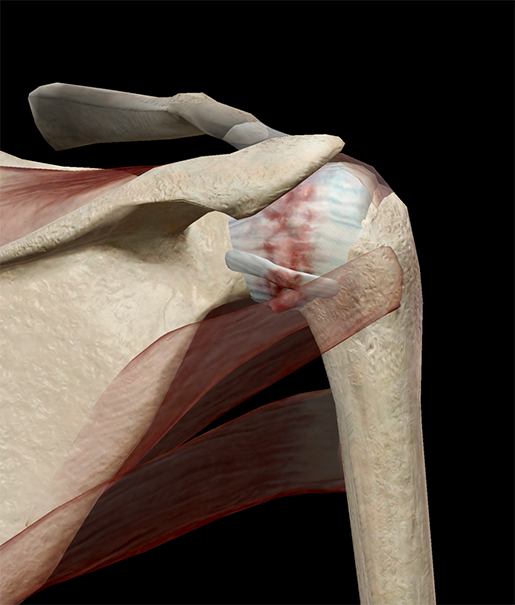Posted on 10/14/16 by Madison Oppenheim
Frozen shoulder—no, it’s not when your arm goes numb because you got hit with too many snowballs—or as the professionals call it, adhesive capsulitis, is a condition that occurs when the capsule surrounding your shoulder joint thickens and contracts, causing adhesions to develop.
Want to learn more about sports injuries? Check out our free "Sports Injuries 101" eBook!
Your shoulder is a ball-and-socket joint made up of your humerus (upper arm), scapula (shoulder blade), and clavicle (collarbone). The humerus’ head fits snuggly into your shoulder blade’s socket and is covered by strong connective tissue, kind of like a jacket. Now you’re probably wondering, how do I move my arm to throw snowballs and build a snowman (or woman, hey ladies!) if the bones rub back and forth—won’t that hurt? Well, the joint has synovial fluid inside that keeps it lubricated and prevents friction, so there’s no pain!

Image from Muscle Premium.
Get it? All right, that's the one and only "Frozen" joke I'm gonna make.
As I mentioned above, adhesive capsulitis is when the capsule becomes tight and stiff bands of tissue (adhesions) develop. There’s usually less of the synovial fluid in the joint, too.
The tell-tale sign of frozen shoulder is immobility: being unable to move your shoulder (even with the help of a friend).
Other symptoms include a dull or aching pain that’s typically located over the outer area and sometimes upper arm and is usually worse when you move it.

Image from Muscle Premium.
There are three stages in the development and repair of frozen shoulder and they’re similar to a popsicle: freezing, frozen, and thawing.
In the freezing stage pain gradually increases until the shoulder loses range of motion. This usually lasts anywhere from six weeks to nine months.
Next, in the frozen stage the stiffness remains and the painful symptoms may decrease over four to six months.
And finally, in the thawing stage, shoulder motion finally returns (yay!). Unfortunately, complete recovery can take up to two years.
There are a variety of treatments to help you get back into your snow fort and more than 90% of patients improve with relatively simple nonsurgical ones.
Physical therapy may help restore motion, while non-steroidal anti-inflammatory medicines can reduce pain and swelling. You can also opt for cortisone injections directly into the affected joint, which may reduce inflammation.
If your doctor recommends surgery, there are a few options, like manipulation under anesthesia, or a shoulder arthroscopy.
Next time it snows, put on your big-kid pants and go outside. Enjoy the fresh snowfall and be glad you can throw snowballs to your heart’s content without any pain!
Be sure to subscribe to the Visible Body Blog for more anatomy awesomeness!
Are you a professor (or know someone who is)? We have awesome visuals and resources for your anatomy and physiology course! Learn more here.
When you select "Subscribe" you will start receiving our email newsletter. Use the links at the bottom of any email to manage the type of emails you receive or to unsubscribe. See our privacy policy for additional details.
©2024 Visible Body. All Rights Reserved.